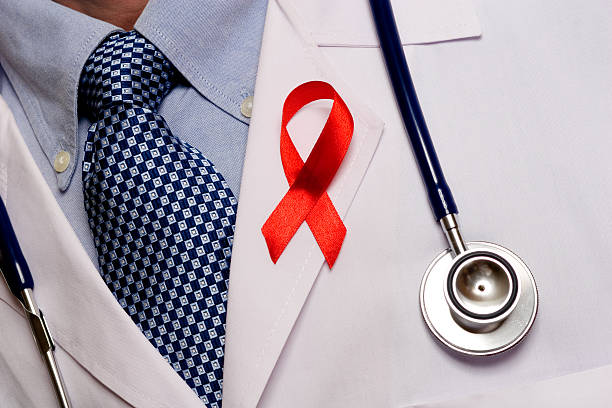Understanding the Causes and Symptoms of AIDS
Acquired Immunodeficiency Syndrome (AIDS) is a life-threatening condition caused by the Human Immunodeficiency Virus (HIV). This virus weakens the immune system, making individuals highly susceptible to infections and other diseases. While there is no cure, understanding its causes and symptoms can help with prevention and early intervention.
Acquired Immunodeficiency Syndrome (AIDS) is a life-threatening condition caused by the Human Immunodeficiency Virus (HIV). This virus weakens the immune system, making individuals highly susceptible to infections and other diseases. While there is no cure, understanding its causes and symptoms can help with prevention and early intervention.

Causes of HIV Transmission
HIV is primarily transmitted through contact with infected blood or bodily fluids such as semen, vaginal fluids, and breast milk. The main modes of transmission include:
• Sexual Contact: Engaging in oral, vaginal, or anal sex with an infected partner can introduce the virus into the body. Open sores in the mouth or genitals can increase the risk of transmission.
• Shared Needles: Using contaminated needles, particularly among individuals who inject drugs, is a significant mode of transmission.
• Blood Transfusions: While rare today due to rigorous screening procedures, HIV can still be transmitted through infected blood transfusions.
• Mother-to-Child Transmission: An HIV-positive mother can pass the virus to her baby during pregnancy, childbirth, or breastfeeding.
From HIV to AIDS
HIV targets CD4 cells, a crucial type of white blood cell responsible for fighting infections. Over time, if left untreated, HIV gradually reduces the CD4 cell count, weakening the immune system. AIDS is diagnosed when CD4 cell levels drop below 200.
Symptoms of HIV and AIDS
The symptoms of HIV vary based on the stage of infection:
1. Acute HIV Infection (Primary Stage): Within 4 to 6 weeks after exposure, flu-like symptoms may develop, including fever, sore throat, headaches, muscle pain, joint pain, and swollen lymph nodes.
2. Chronic HIV Infection (Latent Stage): This stage may last for years with minimal symptoms, with swollen lymph nodes being the most common sign.
3. AIDS Symptoms: Once the disease progresses to AIDS, individuals may experience:
• Persistent fever
• Chronic diarrhea
• Unexplained weight loss
• Fatigue
• Night sweats
• Skin rashes
• Oral lesions
Even without treatment, individuals with HIV can remain in the chronic stage for years before developing AIDS. However, without medical intervention, the disease will inevitably progress.